In the constantly evolving field of English Language Teaching (ELT), Jeremy Harmer’s “How to Teach English” stands as a beacon, illuminating the path for both novice and experienced teachers. This guidebook, enriched with practical insights and innovative ideas, is birthed from Harmer’s extensive experience and deep understanding of ELT. It strikes a perfect balance between the theoretical and the pragmatic, merging educational theories with hands-on classroom strategies. This edition, revitalized with fresh content like a DVD showcasing exemplary teaching and a dedicated chapter on testing, takes a giant leap forward in enriching the repertoire of English language teachers globally. It is a treasure trove of wisdom in ELT, capable of revolutionizing teaching methods, invigorating classrooms, and ensuring successful learning outcomes.
May can help you :
Mastering English: A Comprehensive Beginner’s Guide to English Sentence Structure
Mastering English Fluency: Your Guide to Speaking Like a Native in Six Months
Mastering English Through Classic Tales: A Step-by-Step Guide for ESL Learners
An overview of English Language Teaching, its importance, and the responsibilities of an English teacher.

English Language Teaching (ELT) is a vital field that facilitates the dissemination of the English language globally. With the world becoming increasingly interconnected, the ability to communicate effectively in English has never been more important. ELT plays a crucial role in equipping non-native speakers with the skills to engage confidently in English, be it in academic, professional, or social contexts. The importance of this field extends beyond mere language acquisition; it fosters cultural exchange, promotes global understanding, and opens up vast opportunities for individuals.
The responsibilities of an English teacher go beyond imparting linguistic knowledge. Teachers are expected to create an interactive learning environment, employ diverse teaching methods to cater to different learning styles, and encourage students to practice English in real-life contexts. Moreover, they must keep abreast of the latest pedagogical developments, incorporate technology into their teaching, and continuously update their curriculum to meet the changing needs of the students. Through their dedicated efforts, English teachers can make a profound difference in the lives of their students, empowering them with a tool that can unlock countless opportunities – the English language.
Understanding Learners: Detailed insights into the psychology of learners, their learning styles, and strategies to cater to diverse learners.
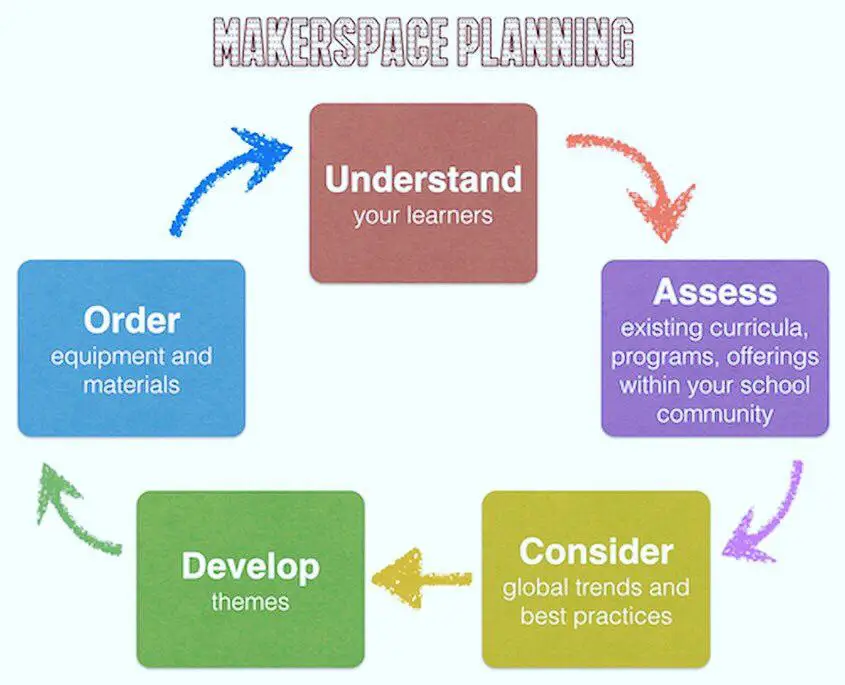
Understanding the psychology of learners is crucial for effective teaching. Learners are not uniform entities; they are diverse in terms of their backgrounds, personalities, cognitive abilities, and learning styles. Some learners may be extroverted and prefer social interactions as a part of their learning process, while others might be introverted, preferring to learn in solitary environments.
In terms of cognitive abilities, learners may differ in their processing speeds, memory capacities, and levels of critical thinking. Recognizing these differences help in setting appropriate pace and complexity of teaching.
Another important aspect is the learning style. Some learners are visual learners who learn best when information is presented visually, such as in charts, diagrams, or pictures. Auditory learners, on the other hand, prefer listening to explanations and discussions. Kinesthetic learners learn best when they can physically engage with the material, for example, through hands-on activities or experiments.
To cater to these diverse learners, teachers must adopt versatile teaching strategies. They can incorporate a mix of visual aids, auditory content, and interactive exercises in their lessons. Personalizing the learning experience based on individual learner’s needs and providing them with opportunities for both independent and collaborative learning can also be beneficial. Through these strategies, teachers can ensure that all learners are able to engage with the content effectively and maximize their learning outcomes.
Lesson Planning: Guidelines on how to plan an effective English lesson, including setting learning objectives and organizing teaching materials.
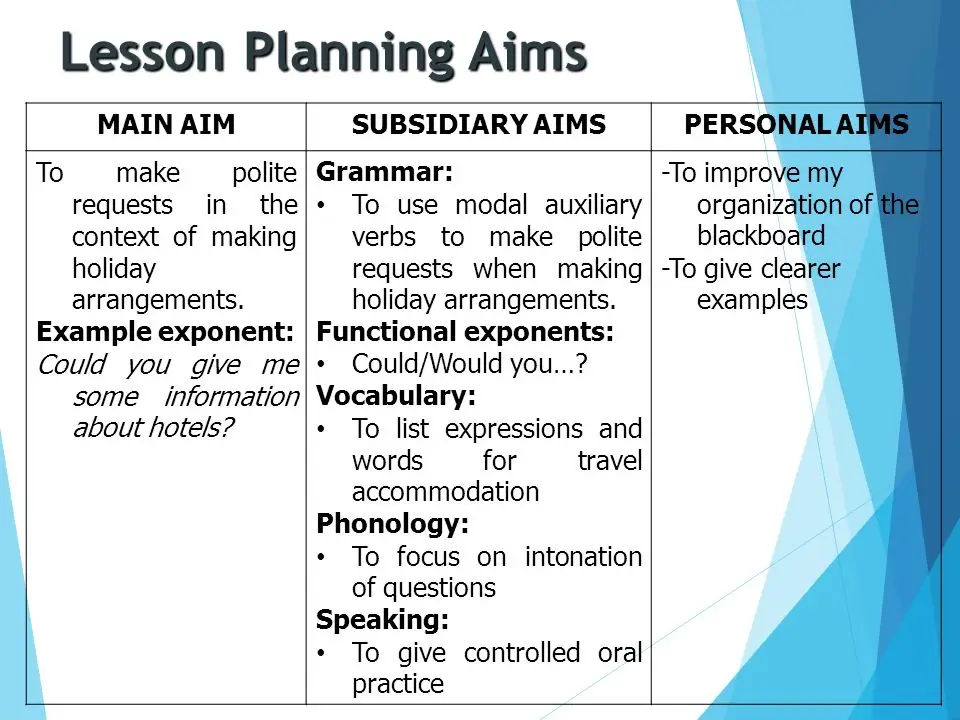
Planning a lesson is akin to mapping out a journey. It is an essential process that sets the course for teaching and learning. The first step in planning an effective English lesson is setting clear, measurable learning objectives. These objectives delineate the learning outcomes expected at the end of the lesson. They guide the teacher in selecting appropriate teaching materials and strategies, and provide a criterion for evaluating learners’ progress.
Once the learning objectives are in place, the teacher should organize the teaching materials. These may include textbooks, supplementary.
Teaching Grammar: Tips and techniques for teaching English grammar in an engaging and comprehensive manner.

Teaching English grammar can be a daunting task, but with the right strategies, it can be made engaging and effective. The first step to effective grammar teaching is contextualization. Instead of teaching grammar rules in isolation, teachers should present them in context, using real-life examples and situations. This approach not only improves students’ understanding of the rules but also helps them see their practical applications.
Another effective technique is the use of interactive activities and games. These can break the monotony of grammar lessons and increase student participation. Activities such as sentence construction games, grammar quizzes, or role-plays can be particularly useful.
Furthermore, incorporating technology into grammar teaching can greatly enhance its effectiveness. Online tools and apps offer interactive exercises and immediate feedback, allowing students to practice grammar rules and learn from their mistakes.
Lastly, teachers should ensure regular revision of grammar rules. This can be done through short daily exercises or weekly quizzes, helping students reinforce their understanding and retain the rules in their long-term memory.
These strategies, when employed effectively, can make grammar teaching more engaging and comprehensive, leading to better learning outcomes.
Teaching Vocabulary: Effective methods for expanding students’ vocabulary and improving their word usage.
Expanding a student’s vocabulary is fundamental in language learning, acting as the building blocks for effective communication. One effective method is through thematic teaching, where new words are introduced in the context of a particular theme or topic. This allows students to associate the new words with a specific context, fostering better retention and understanding.
Making use of reading materials such as books, newspapers, or online articles can also serve to enhance vocabulary. Encouraging students to keep a vocabulary journal where they record new words and their meanings can be beneficial for personal revision.
In addition, the use of vocabulary games and quizzes can make learning new words fun and engaging. These activities promote active learning and can significantly enhance recall.
Lastly, incorporating technology into vocabulary teaching can be enormously beneficial. There are numerous online tools and apps that offer interactive vocabulary exercises, providing students with a platform to learn at their own pace.
By consistently using these methods, teachers can effectively expand their students’ vocabulary and improve their word usage, thereby enhancing their overall English proficiency.
Teaching Reading Skills: Strategies to enhance students’ reading comprehension skills and foster a love for reading.
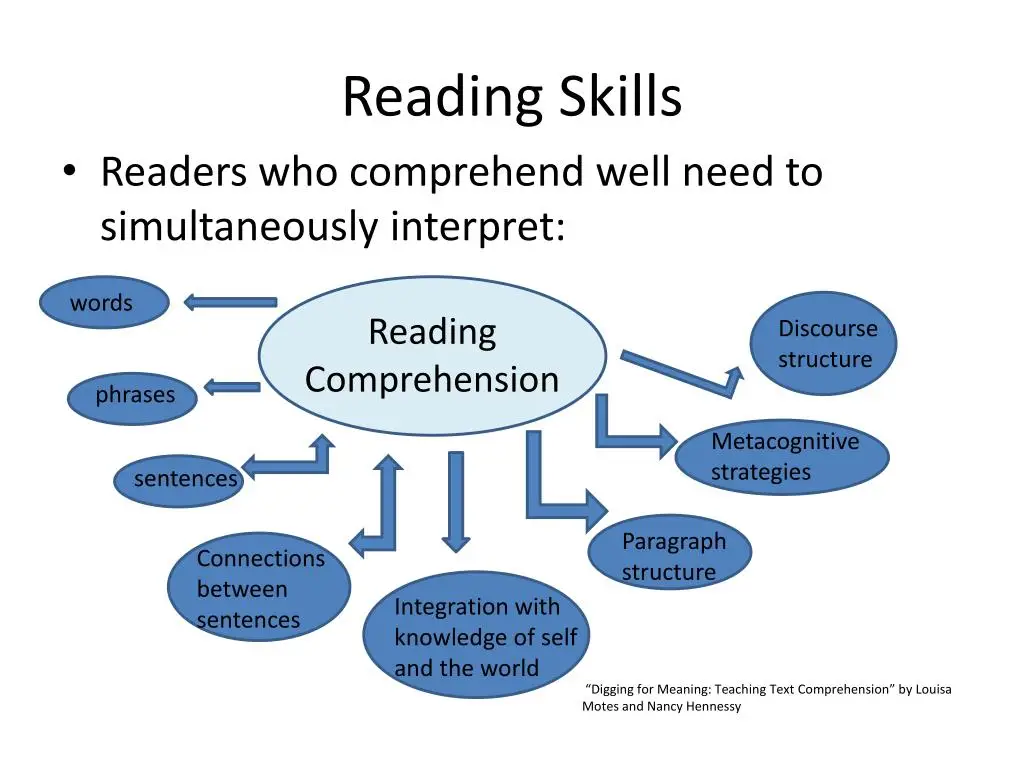
Developing students’ reading comprehension skills is fundamental in fostering a love for reading. One strategy is to encourage active reading. This involves asking students to make predictions, ask questions, and connect the text with their own experiences, thereby transforming the reading process into an interactive experience.
Another strategy is to incorporate a variety of genres in the reading material. By exposing students to different types of texts – fiction, non-fiction, poetry, news articles – teachers can cater to diverse interests and broaden students’ perspectives.
Guided reading sessions can also dramatically enhance comprehension skills. In these sessions, teachers can model effective reading strategies, discuss the text, clarify doubts, and facilitate in-depth understanding.
Technology too can be harnessed effectively. There are several online platforms that offer interactive reading exercises, and e-books that can make reading more accessible and appealing.
Reading aloud in class is another effective strategy. It not only helps in improving pronunciation and fluency but also instills a sense of shared reading experience, fostering a community of readers.
By employing these strategies, teachers can promote reading comprehension skills and nurture a love for reading among their students.
Teaching Listening Skills: Techniques to improve students’ listening abilities and comprehension of spoken English.
Boosting students’ listening abilities and comprehension of spoken English is a crucial aspect of language learning. One technique is to expose students to a variety of audio resources. This can range from English songs, podcasts, news broadcasts to audio books. Such exposure not only familiarizes students with different accents and pronunciations, but it also helps them grasp the rhythm and intonation of the English language.
Another important strategy is the use of interactive listening activities. These could include listen-and-repeat exercises, dictations, or listening quizzes. These activities promote active listening and help students hone their note-taking and summarization skills.
Incorporating technology into teaching listening skills can significantly enhance effectiveness. Online platforms offer a myriad of resources, including interactive listening exercises with immediate feedback, allowing students to identify areas of improvement and learn at their own pace.
Consistent practice is key in improving listening skills. Encouraging students to dedicate a few minutes each day to listen to English speech can result in marked improvement over time. This could be listening to a song, a podcast, or even a movie.
By implementing these techniques, teachers can effectively improve students’ listening abilities and comprehension of spoken English, thereby enhancing their overall language proficiency.
Teaching Speaking Skills: Approaches to boost students’ confidence in speaking English and improve their communication skills.
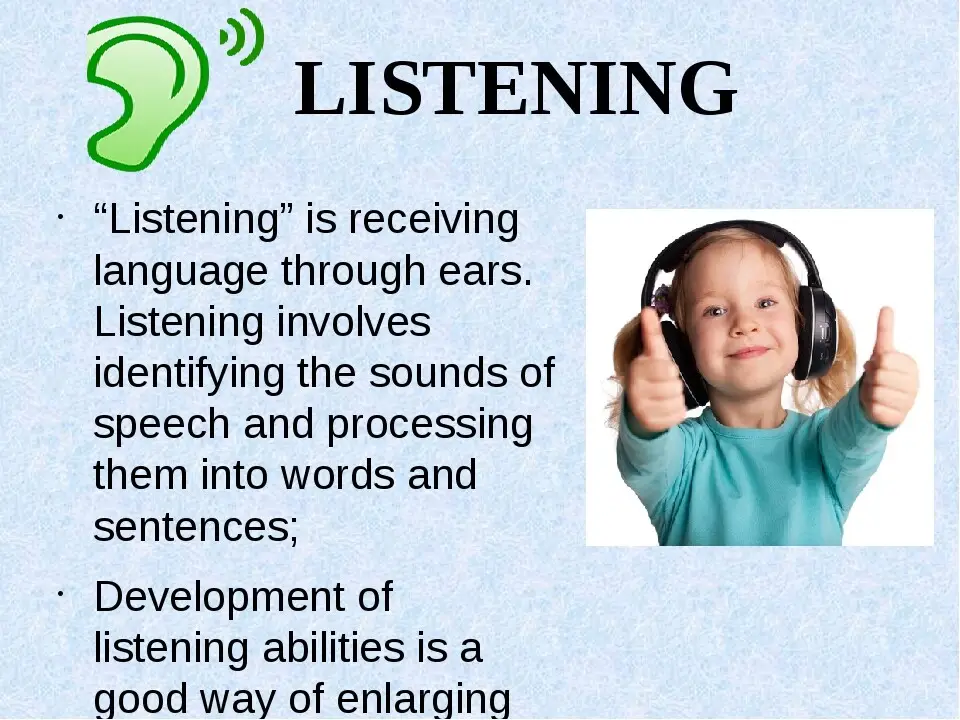
Enhancing students’ oral communication skills is pivotal in English language learning. To develop fluency and confidence, a nurturing and non-judgmental learning environment is crucial. This encourages students to express themselves without fear of making mistakes. Role-plays and group discussions are excellent strategies for this, providing students with a platform for practicing spontaneous speech and real-world communication scenarios.
Another approach involves breaking down complex speaking tasks into manageable parts. Starting with simple sentence construction or responding to visual prompts can gradually build learners’ speaking skills and confidence. As proficiency increases, students can advance to delivering short presentations or participating in debates.
Incorporating technology can also be highly beneficial. Online language labs or digital platforms that provide speaking exercises with immediate feedback can aid students in improving pronunciation, intonation, and fluency at their own pace. The use of video calls for collaborative projects or virtual presentations can simulate real-world communication settings, encouraging students to apply their speaking skills in practice.
Moreover, providing constructive feedback is essential in improving speaking ability. Teachers should highlight areas of strength, suggest areas for improvement, and provide strategies for overcoming challenges. This helps students to refine their speaking skills and fosters a growth mindset.
By employing these approaches, teachers can boost students’ confidence in speaking English and significantly enhance their communication skills.
Teaching Writing Skills: Methods to enhance students’ writing skills, from sentence formation to essay writing.
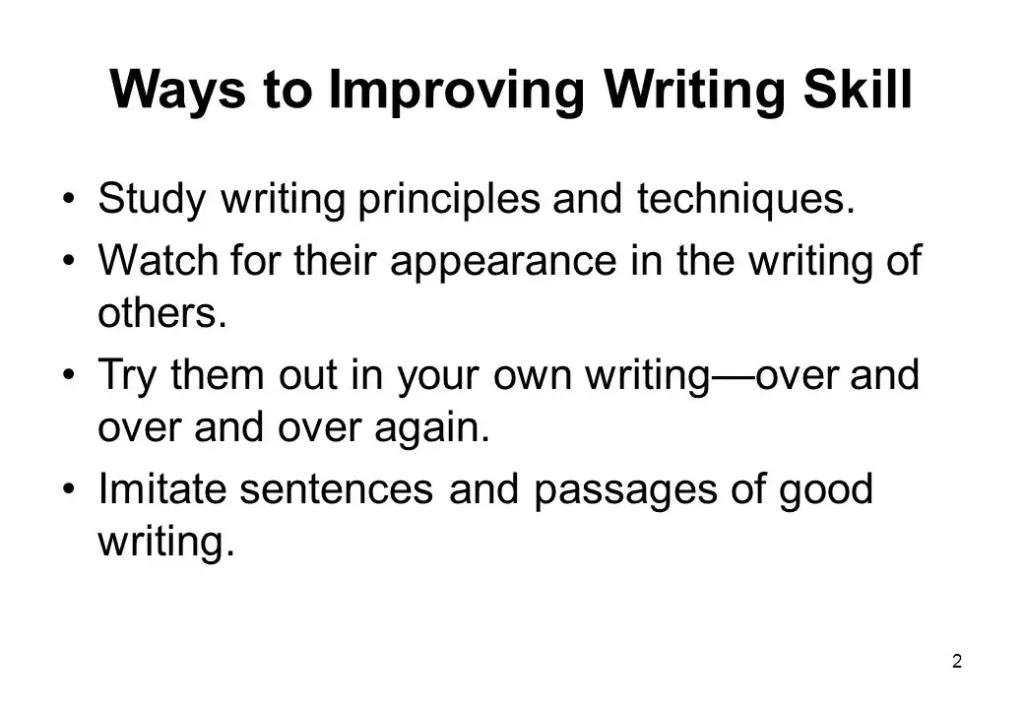
Developing students’ writing skills is instrumental in enabling them to articulate their thoughts and ideas effectively. One of the initial steps in this process is teaching sentence formation. This can be achieved by using sentence building activities, such as jumbled sentences or cloze exercises. These activities not only help students understand grammar rules and sentence structure but also aid in building vocabulary.
As students gain competence in sentence formation, they can progress to paragraph writing. Teachers can introduce the concept of a ‘topic sentence,’ ‘supporting sentences,’ and a ‘concluding sentence,’ thereby teaching students how to organize their thoughts logically. Using visual prompts or brainstorming exercises can stimulate creativity and facilitate the writing process.
Essay writing is a more advanced skill, requiring students to express their ideas coherently over a series of paragraphs. Teachers can guide students on essay structure, including introduction, body, and conclusion paragraphs, and how to build a compelling argument. Peer reviewing and editing exercises can enhance students’ critical thinking skills and enable them to refine their writing.
Technology, too, can play a pivotal role in teaching writing skills. Online platforms offer interactive writing exercises, immediate feedback, and tools for checking grammar and plagiarism. These resources allow students to practice writing at their own pace and learn from their mistakes.
By employing these methods, teachers can significantly enhance students’ writing skills, from sentence formation to essay writing, thereby equipping them with a crucial tool for academic success and beyond.
Classroom Management: Tips on managing a diverse classroom, ensuring discipline, and fostering a positive learning environment.
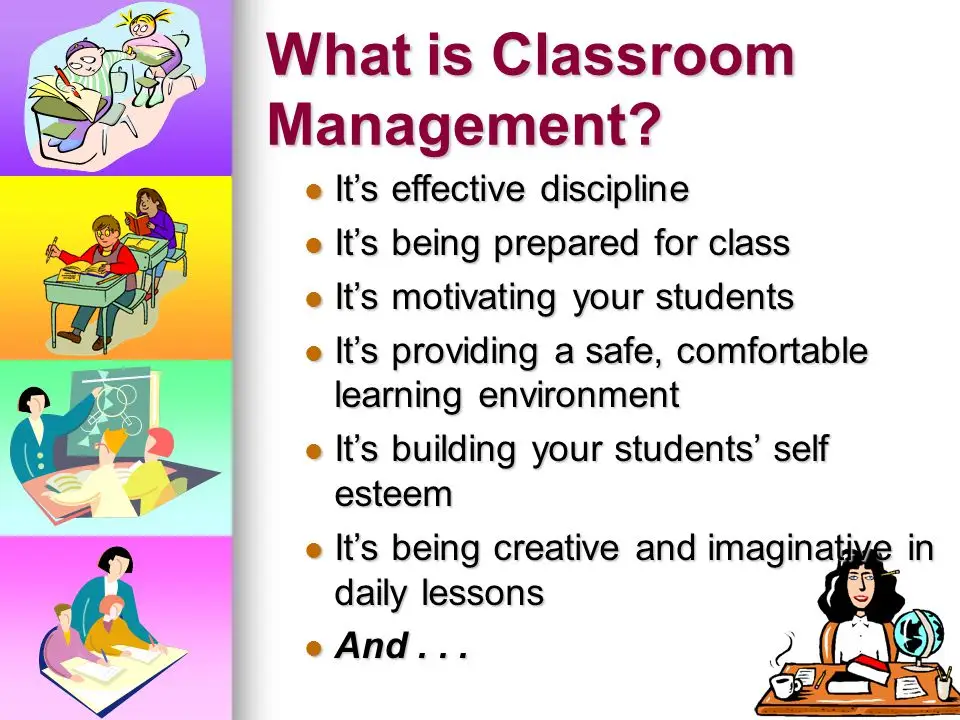
Effective classroom management is vital in creating an environment conducive to teaching and learning. One of the key aspects of managing a diverse classroom is acknowledging and embracing the differences among students. This can be achieved by incorporating multicultural curriculum and encouraging students to share their unique experiences and perspectives, fostering a culture of respect and understanding.
To ensure discipline, clear and consistent rules should be established from the outset. These rules should be communicated to students in a positive and understandable manner, highlighting the expectations in terms of behavior and participation. Regular reminders and reinforcement of these rules can help maintain discipline in the classroom.
Fostering a positive learning environment is strongly linked with building strong student-teacher relationships. By showing empathy, respect, and genuine interest in students’ lives, teachers can build trust. This rapport encourages students to actively participate in the learning process and fosters a sense of belonging in the classroom.
Promoting cooperative learning is another effective strategy. Group work or team activities encourage peer interaction and cooperation, which can enhance learning and improve classroom dynamics.
Incorporating technology in classroom management can also be beneficial. For example, digital tools can assist in tracking student progress, providing immediate feedback, and facilitating communication with students and parents.
By implementing these strategies, teachers can manage a diverse classroom effectively, ensure discipline, and foster a positive learning environment, ultimately enhancing the overall learning experience.
Use of Technology in Teaching: Discussion on the role and effective use of technology in ELT.
The use of technology in English Language Teaching (ELT) has become increasingly prevalent, contributing significantly to the enhancement of language learning outcomes. One of the key benefits of integrating technology is its ability to provide a multimedia learning environment. Through audio, video, and digital content, students can get exposure to authentic language use, improving their listening, speaking, reading, and writing skills.
Interactive learning platforms, such as language apps and online language labs, offer students the opportunity to learn at their own pace. With immediate feedback on exercises, students can identify their weaknesses and work steadily to improve. These platforms often include a variety of activities catering to different learning styles, making learning more personalized and engaging.
Social media and online forums provide platforms where students can practice their language skills in real-world contexts. Students can engage in conversations, debates, and discussions, which can significantly enhance their communication skills and cultural understanding.
In addition, technology plays a crucial role in distance learning. Through video conferencing tools, students can have live interactions with teachers and peers, simulating the traditional classroom experience. Online teaching platforms offer the flexibility to share resources, conduct tests, and give assignments, making learning versatile and accessible.
However, it’s important to note that while technology offers numerous benefits, its effective use lies in its integration with traditional teaching methods. It should be used as a tool to support and enhance teaching, rather than replace the role of the teacher. Training teachers in the effective use of technology is also vital to ensure its benefits are fully realized.
Through such effective usage, technology can play a transformative role in ELT, making learning more interactive, engaging, and effective.
Assessment and Testing: Comprehensive understanding of different assessment methods, with a special focus on English language testing.
Assessment and testing are integral parts of the educational process, providing valuable feedback on students’ learning progress and proficiency levels. In the realm of English language teaching, multiple assessment methods can be employed.
Formative assessments are ongoing checks for understanding that provide immediate feedback to students and teachers. These can take the form of informal quizzes, class discussions, or journal entries, with the aim to improve learning while it’s happening.
Summative assessments, on the other hand, evaluate students’ learning at the end of a unit or term. These assessments, such as final exams, projects, or presentations, provide a more comprehensive measure of a student’s overall grasp of the language.
Performance-based assessments gauge students’ ability to apply their language skills in real-world contexts. Tasks might include oral presentations, group projects, or writing assignments. Such assessments offer a deep insight into students’ practical language abilities.
In the context of English language testing, proficiency tests like IELTS, TOEFL, and Cambridge English exams are widely recognized. These standardized tests assess a student’s reading, writing, listening, and speaking skills, providing an internationally accepted measure of English proficiency.
Self-assessment and peer assessment also play a role in language learning. Self-assessment encourages students to reflect on their own progress, while peer assessment allows for constructive feedback from classmates.
However, it’s important to remember that no single assessment method can capture a student’s entire language ability. A combination of these methods, tailored to the learning objectives and the needs of the students, can provide a more holistic view of a student’s English language proficiency and progress.
Professional Development for Teachers: Suggestions for continuous learning and development for English teachers.
Continual professional development (CPD) is essential for English teachers to stay updated with the latest pedagogical trends, teaching methodologies, and technology. Here are some suggestions for continuous learning and development:
- Online Courses & Webinars: These are excellent sources of new learning and insights. Platforms like Coursera, EdX, or the British Council provide a wide range of courses specifically designed for English language teachers.
- Workshops and Conferences: Participating in educational workshops or conferences can be immensely beneficial. They not only provide learning opportunities but also offer platforms to share experiences and network with other teachers.
- Reading & Research: Regularly reading academic journals, research papers, and articles related to ELT can help teachers stay abreast of the latest trends and discussions in the field.
- Peer Observation & Feedback: Observing your peers while they teach and receiving constructive feedback from them can provide valuable insights and ideas for your own teaching practices.
- Reflective Practice: Regularly reflecting on your teaching practices and seeking ways to improve can lead to significant growth. This could be achieved through maintaining a teaching journal or recording and reviewing your classes.
- Mentorship: Having a mentor who can guide, provide feedback and share their experiences can be extremely beneficial, especially for early-career teachers.
- Learning Technology: With the increasing use of technology in ELT, staying updated with the latest digital tools and learning how to integrate them into your teaching is crucial.
By proactively engaging in these professional development activities, English language teachers can enhance their teaching skills, stay updated with current trends, and continue to provide quality education to their students.
Recap of key points, along with encouragement for educators to innovate and adapt in their teaching journey.
In conclusion, the landscape of English language teaching (ELT) is dynamic and continually evolving, and as educators in this field, it’s imperative to stay adaptable and innovative. The integration of technology into education can greatly enhance the learning experience, fostering an environment of collaboration and accessibility. At the same time, it’s vital to remember that technology should complement, and not replace, traditional teaching methods. Assessment and testing remain integral elements of ELT, with various forms such as formative, summative, performance-based, self, and peer assessments offering varied insights into a student’s language proficiency. Standardized language proficiency tests like IELTS, TOEFL, and Cambridge English exams provide an internationally accepted measure of English proficiency. Lastly, the need for continual professional development in areas like online learning, workshops, peer observation, mentorship, and learning technology cannot be overstated. As English language educators, it is our responsibility to keep evolving with the times, constantly seeking better ways of teaching, and providing the most effective learning experiences for our students.

